Home>Maintenance & Safety>Pest Control Solutions>What Colors Are Yellow Jackets Attracted To
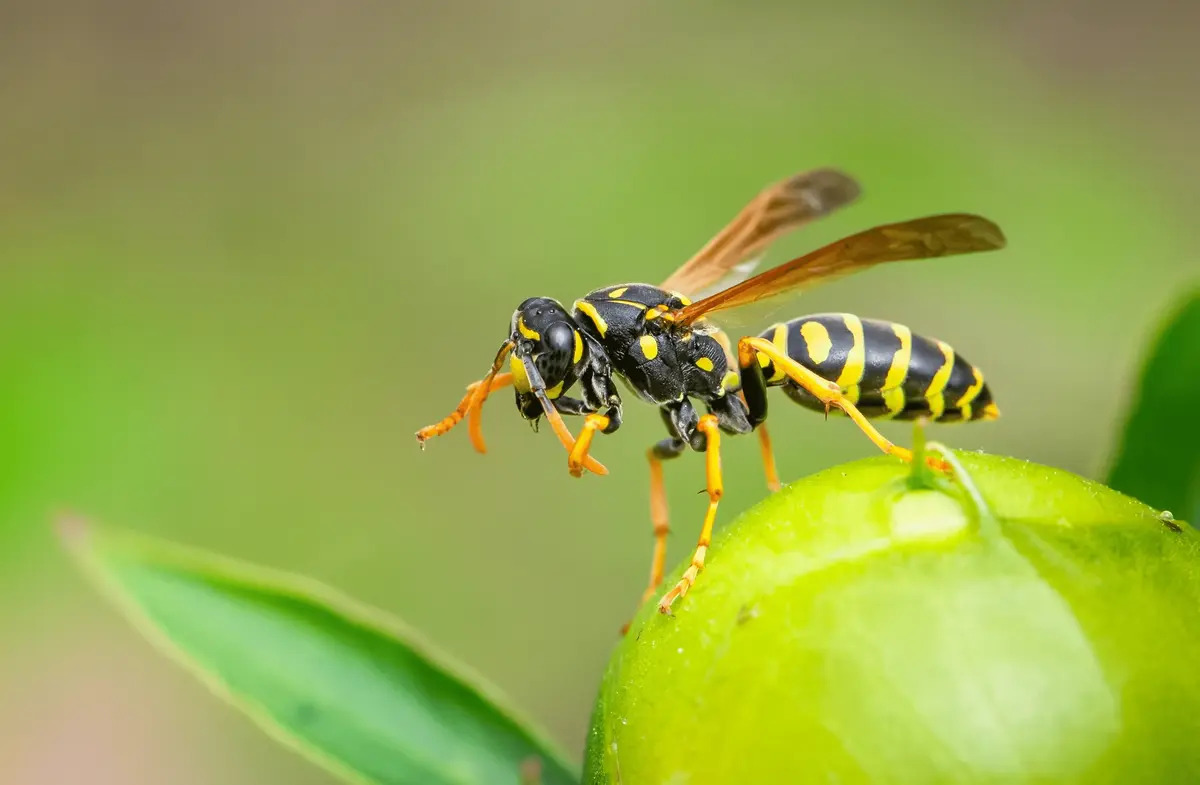

Pest Control Solutions
What Colors Are Yellow Jackets Attracted To
Modified: October 20, 2024
Discover effective pest control solutions for yellow jackets and learn what colors attract them. Keep your home and garden safe with expert tips and advice.
(Many of the links in this article redirect to a specific reviewed product. Your purchase of these products through affiliate links helps to generate commission for Storables.com, at no extra cost. Learn more)
Introduction
Yellow jackets are a common sight during the warmer months, buzzing around picnics, outdoor events, and even our own backyards. These aggressive insects are known for their painful stings and can quickly turn a pleasant outdoor experience into a painful ordeal. Understanding what attracts yellow jackets, including the colors that draw them in, is essential for minimizing encounters and staying safe.
In this article, we will delve into the intriguing world of yellow jackets and explore the factors that make them gravitate towards certain colors. By gaining insight into their behavior and preferences, we can equip ourselves with the knowledge needed to avoid unwanted interactions with these stinging insects. Let's embark on a journey to uncover the colors that yellow jackets are attracted to and learn valuable tips for steering clear of these buzzing pests.
Key Takeaways:
- Beware of Bright Colors
Yellow jackets are attracted to bright colors like yellow, white, and blue. To avoid them, wear earth tones and use outdoor decorations in less appealing hues. - Mindful Outdoor Habits
Cover food, use unscented products, and keep outdoor areas clean to avoid attracting yellow jackets. Stay aware of surroundings and seek professional help if needed.
Read more: What Are Yellow Jackets Good For
Understanding Yellow Jackets
Yellow jackets, scientifically known as Vespula spp., are a species of predatory wasps that belong to the family Vespidae. These insects are widely recognized for their distinctive yellow and black markings, which serve as a warning sign of their potent sting. Yellow jackets are social insects, living in colonies with a well-defined caste system comprising queens, workers, and males.
These formidable insects are highly adaptable and can thrive in various environments, including urban areas, forests, and grasslands. Their nests are commonly found in underground burrows, hollow trees, wall voids, and even in human-made structures such as attics and sheds. Yellow jackets are opportunistic feeders, with their diet consisting of a wide range of food sources, including insects, fruits, and sugary substances.
One of the most notable characteristics of yellow jackets is their aggressive nature when defending their nests. When threatened, these insects can unleash a swift and relentless attack, stinging repeatedly in defense of their colony. Unlike honeybees, yellow jackets are capable of stinging multiple times, making them a formidable force to be reckoned with.
Understanding the behavior and habits of yellow jackets is crucial for minimizing the risk of encountering them. By gaining insight into their nesting preferences, foraging patterns, and defensive instincts, individuals can take proactive measures to avoid attracting these stinging insects. Additionally, recognizing the factors that attract yellow jackets, including the colors that pique their interest, can empower people to make informed choices when it comes to outdoor activities and attire.
As we delve deeper into the world of yellow jackets, it becomes evident that these insects play a significant role in ecosystems, contributing to pest control and serving as pollinators. However, their potential for aggression and painful stings necessitates a cautious approach when coexisting with them in shared spaces. By understanding the intricacies of yellow jacket behavior, we can navigate our surroundings with greater awareness and minimize the likelihood of unwelcome encounters with these buzzing insects.
Factors Attracting Yellow Jackets
Yellow jackets are drawn to a myriad of factors that influence their foraging behavior and nesting preferences. Understanding these factors is crucial for mitigating the risk of attracting these stinging insects and minimizing potential encounters. Several key elements contribute to the attraction of yellow jackets, shaping their foraging patterns and nesting habits.
Food Sources
Yellow jackets are opportunistic feeders, displaying a diverse dietary palate that includes insects, fruits, nectar, and sugary substances. Their attraction to food sources rich in carbohydrates and proteins drives them to seek out human food and beverages, particularly during outdoor gatherings and picnics. Additionally, the presence of ripe fruits, sugary drinks, and exposed food items can act as potent attractants, drawing yellow jackets to these tempting offerings.
Scents and Odors
The olfactory senses of yellow jackets play a pivotal role in guiding them towards potential food sources. Strong scents emanating from ripe fruits, floral blooms, and decaying organic matter can capture the attention of these insects, prompting them to investigate and forage for sustenance. Furthermore, the aroma of sweet beverages, perfumes, and scented lotions can inadvertently attract yellow jackets, leading them to perceive these scents as indicators of potential food or nesting sites.
Read more: What Are Yellow Jackets Purpose
Nesting Opportunities
The quest for suitable nesting sites drives yellow jackets to seek out sheltered and concealed locations for establishing their colonies. Human-made structures, such as attics, wall voids, and sheds, can provide ideal nesting opportunities for these resourceful insects. Additionally, underground burrows, hollow trees, and abandoned rodent burrows serve as prime locations for yellow jacket colonies to thrive, offering protection and seclusion for their developing broods.
Environmental Cues
Environmental factors, including temperature, humidity, and light levels, can influence the activity and behavior of yellow jackets. Warm, sunny days are conducive to heightened foraging activity, as these conditions facilitate the search for food and nesting materials. Moreover, the interplay of light and shadow can attract yellow jackets, as they are drawn to contrasting patterns and movements, which may inadvertently lead them towards human activities and gatherings.
Visual Stimuli
The visual perception of yellow jackets is attuned to certain colors and patterns, influencing their attraction to specific visual stimuli. Bright, vibrant colors, particularly shades of yellow, white, and blue, can capture the attention of these insects, potentially drawing them towards objects, clothing, or decorations adorned with these hues. Understanding the visual preferences of yellow jackets can inform strategic choices in outdoor settings, helping to minimize their attraction to specific colors and patterns.
By recognizing the multifaceted factors that attract yellow jackets, individuals can adopt proactive measures to mitigate their presence and minimize the likelihood of unwelcome encounters. Through informed awareness and strategic adjustments, it is possible to navigate outdoor environments with greater confidence and reduce the allure of these buzzing insects.
Colors Attractive to Yellow Jackets
The visual perception of yellow jackets is influenced by specific colors and patterns, shaping their attraction to visual stimuli in their environment. Understanding the hues that captivate these insects can provide valuable insights for minimizing their attraction and avoiding potential encounters. While yellow jackets are not exclusively drawn to one particular color, certain shades have been observed to pique their interest and inadvertently lead them towards specific objects, clothing, or decorations.
Read more: What Happens To Yellow Jackets In Winter
Yellow and White
Yellow jackets exhibit a notable affinity for, unsurprisingly, the color yellow. This preference for yellow hues aligns with their own distinctive markings, suggesting a potential association with the visual recognition of conspecifics and food sources. Additionally, white, when juxtaposed with yellow, can also attract these insects, possibly due to its contrast against natural backgrounds and the potential resemblance to floral blooms or ripe fruits.
Blue
The color blue has been identified as another hue that can capture the attention of yellow jackets. Whether in the form of clothing, outdoor furniture, or decorative items, shades of blue may inadvertently draw these insects due to their visual sensitivity to specific wavelengths. The allure of blue to yellow jackets underscores the nuanced interplay between color perception and insect behavior, highlighting the need for strategic considerations in outdoor settings.
Floral Patterns
In addition to solid colors, floral patterns featuring combinations of yellow, white, and blue can also hold appeal for yellow jackets. The intricate designs and contrasting hues present in floral motifs may inadvertently attract these insects, leading them to investigate objects adorned with such patterns. This inadvertent attraction underscores the complex interplay between visual stimuli and the foraging instincts of yellow jackets.
Strategic Considerations
Armed with the knowledge of colors attractive to yellow jackets, individuals can make strategic choices in their attire, outdoor decor, and event planning to minimize the inadvertent allure of these buzzing insects. Opting for clothing in colors less appealing to yellow jackets, such as earth tones or muted shades, can help reduce the likelihood of drawing their attention. Similarly, selecting outdoor decorations and accessories that deviate from the preferred hues of these insects can contribute to a less enticing environment.
By recognizing the visual preferences of yellow jackets and incorporating strategic adjustments, it is possible to mitigate their inadvertent attraction and create outdoor spaces that are less appealing to these stinging insects. This proactive approach, coupled with an understanding of the multifaceted factors that influence yellow jacket behavior, empowers individuals to navigate outdoor environments with heightened awareness and minimize the potential for unwelcome encounters.
Read more: What Dust Kills Yellow Jackets
Tips for Avoiding Yellow Jackets
-
Mindful Attire: Opt for clothing in earth tones or muted shades to reduce the likelihood of attracting yellow jackets. Avoid wearing bright colors, particularly yellow, white, and blue, which may inadvertently draw the attention of these insects.
-
Outdoor Dining Precautions: When dining outdoors, cover food and beverages to minimize the scent dispersal that could attract yellow jackets. Utilize transparent food covers or mesh screens to safeguard meals from these opportunistic foragers.
-
Scent Awareness: Be mindful of scented lotions, perfumes, and hair products, as the fragrances can inadvertently attract yellow jackets. Consider using unscented personal care products when spending time in outdoor settings.
-
Strategic Waste Management: Properly dispose of food scraps and empty beverage containers in sealed bins to mitigate the presence of enticing odors that could lure yellow jackets. Maintaining a clean outdoor environment can deter these insects from foraging near human activities.
-
Careful Beverage Consumption: When enjoying sugary beverages outdoors, use clear cups or containers to minimize spillage and visual cues that may attract yellow jackets. Additionally, promptly clean up any spills to reduce the likelihood of drawing these insects towards the area.
-
Awareness of Surroundings: Stay vigilant in outdoor settings, particularly in areas with flowering plants, ripe fruits, or exposed food. Be mindful of the presence of yellow jackets and take caution when approaching potential foraging sites.
-
Strategic Decor Choices: When decorating outdoor spaces, opt for accessories and furnishings in colors less appealing to yellow jackets. Consider utilizing decor in earthy tones and patterns that deviate from the hues that may inadvertently attract these stinging insects.
-
Nesting Site Precautions: Regularly inspect and seal potential nesting sites around residential and outdoor structures, such as wall voids, eaves, and ground burrows. By addressing potential nesting opportunities, the likelihood of yellow jacket colonies establishing near human-inhabited areas can be reduced.
-
Educational Awareness: Educate family members and guests about the behavior of yellow jackets and the precautions to take in outdoor environments. By fostering awareness and understanding, individuals can collectively contribute to minimizing the risk of attracting these stinging insects.
-
Professional Assistance: In cases of persistent yellow jacket presence or suspected nesting activity near living spaces, seek the expertise of pest control professionals. Professional intervention can effectively address yellow jacket infestations and mitigate the associated risks.
By implementing these proactive measures and fostering a collective awareness of yellow jacket behavior, individuals can navigate outdoor environments with heightened caution and minimize the inadvertent attraction of these buzzing insects. Through strategic adjustments and informed choices, the potential for unwelcome encounters with yellow jackets can be significantly reduced.
Frequently Asked Questions about What Colors Are Yellow Jackets Attracted To
Was this page helpful?
At Storables.com, we guarantee accurate and reliable information. Our content, validated by Expert Board Contributors, is crafted following stringent Editorial Policies. We're committed to providing you with well-researched, expert-backed insights for all your informational needs.
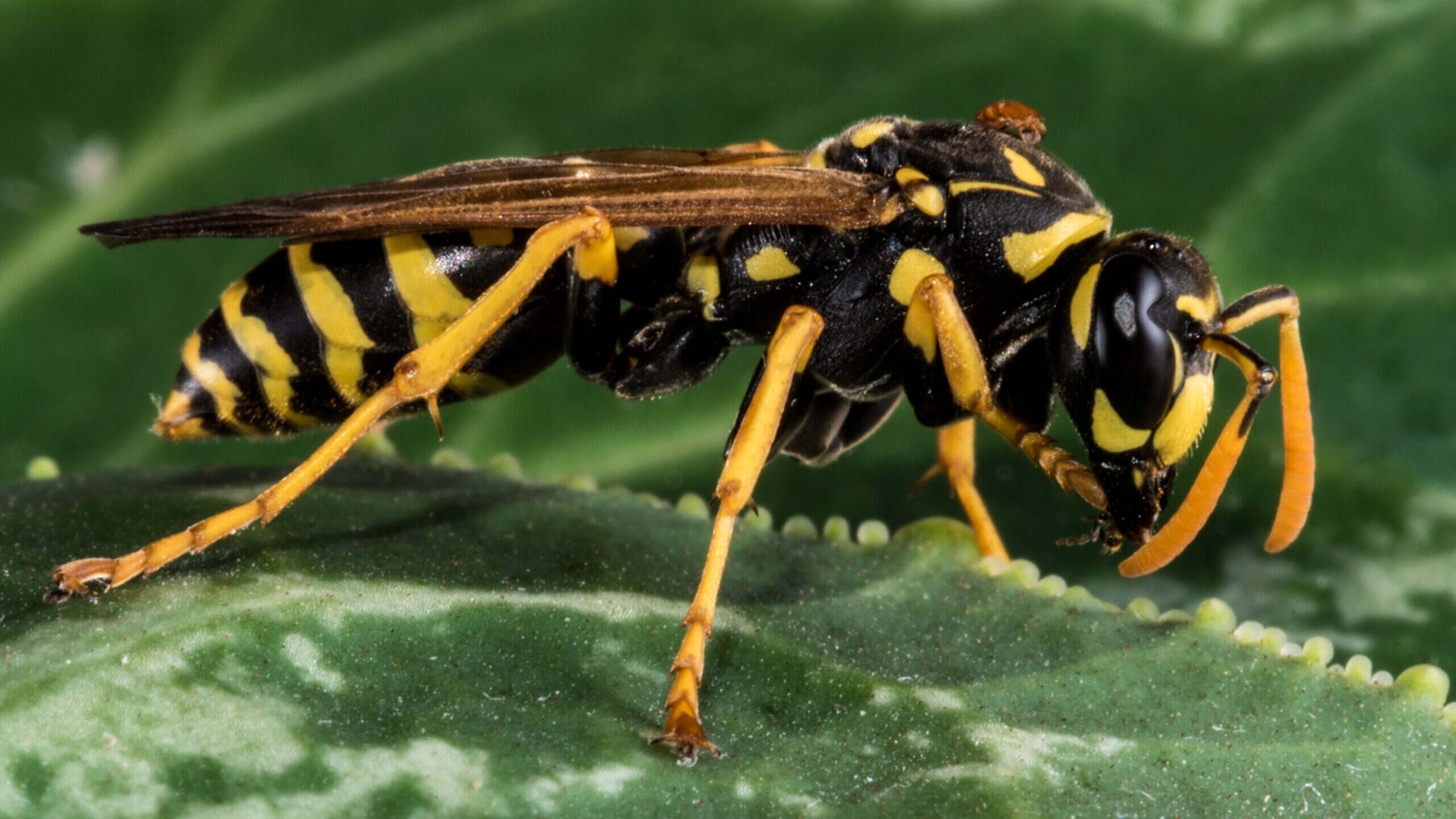
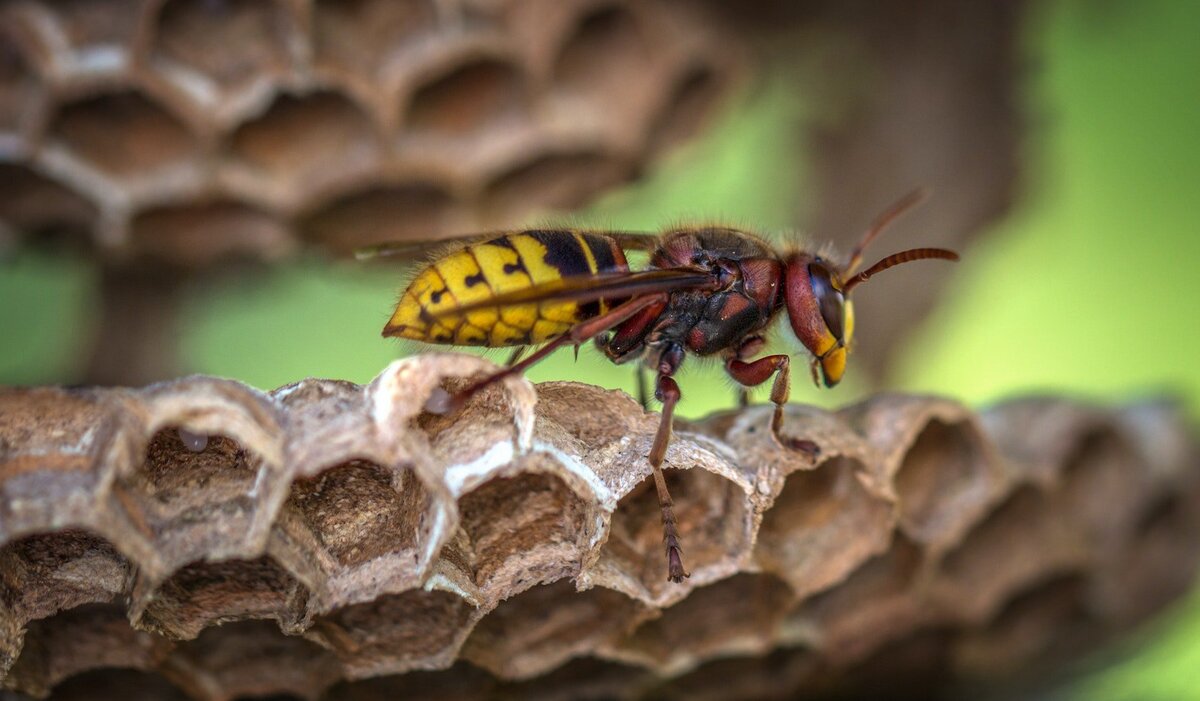
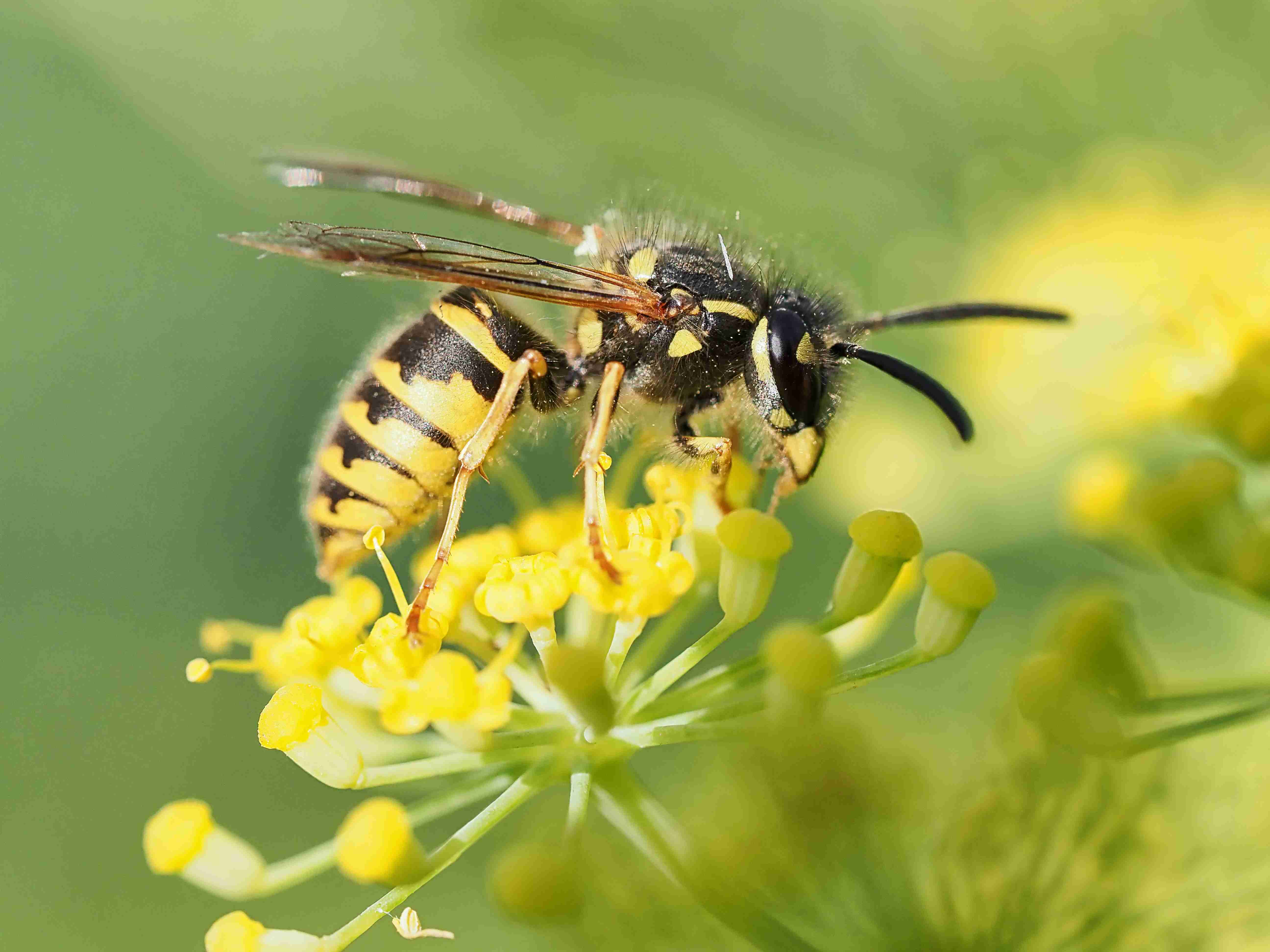

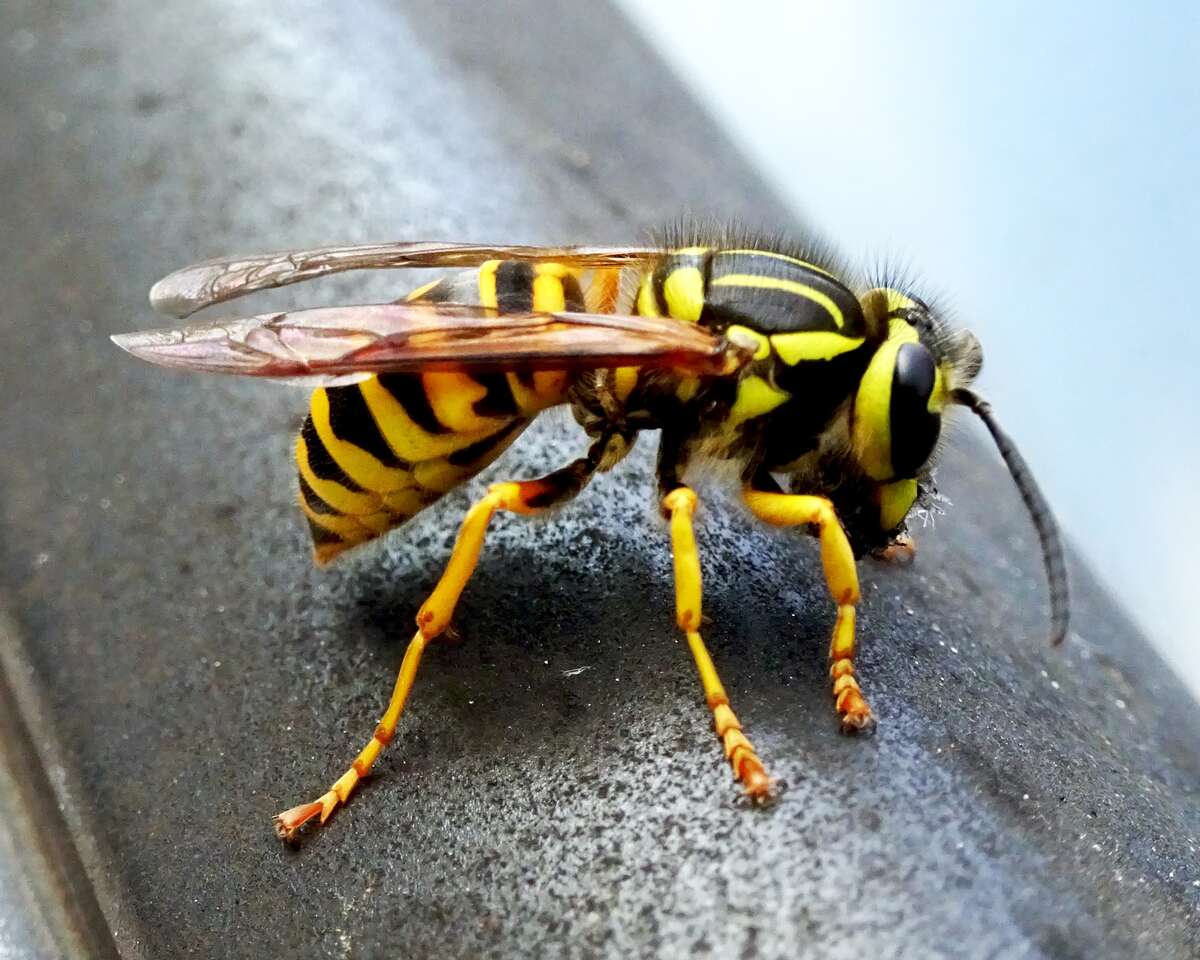
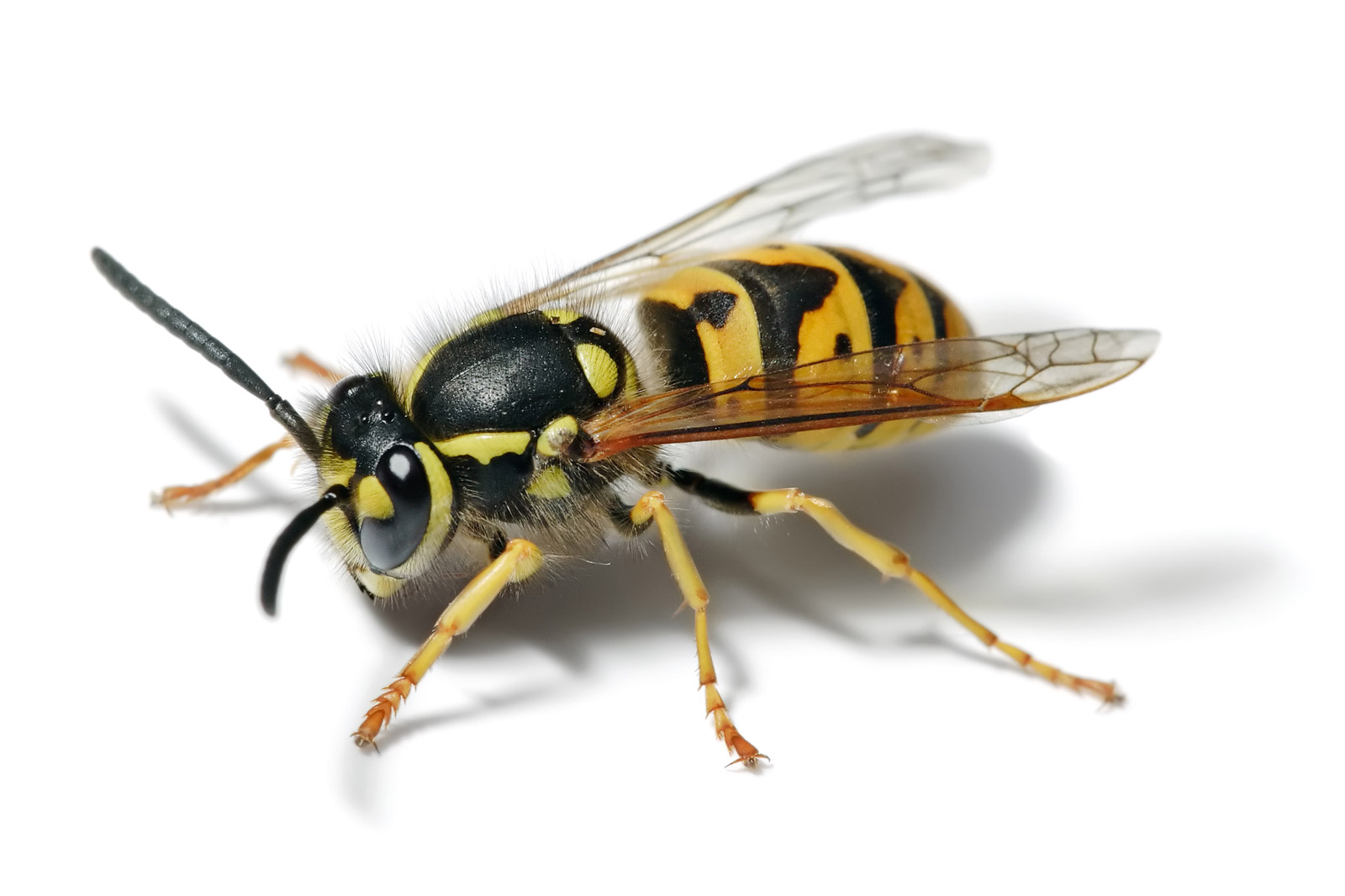
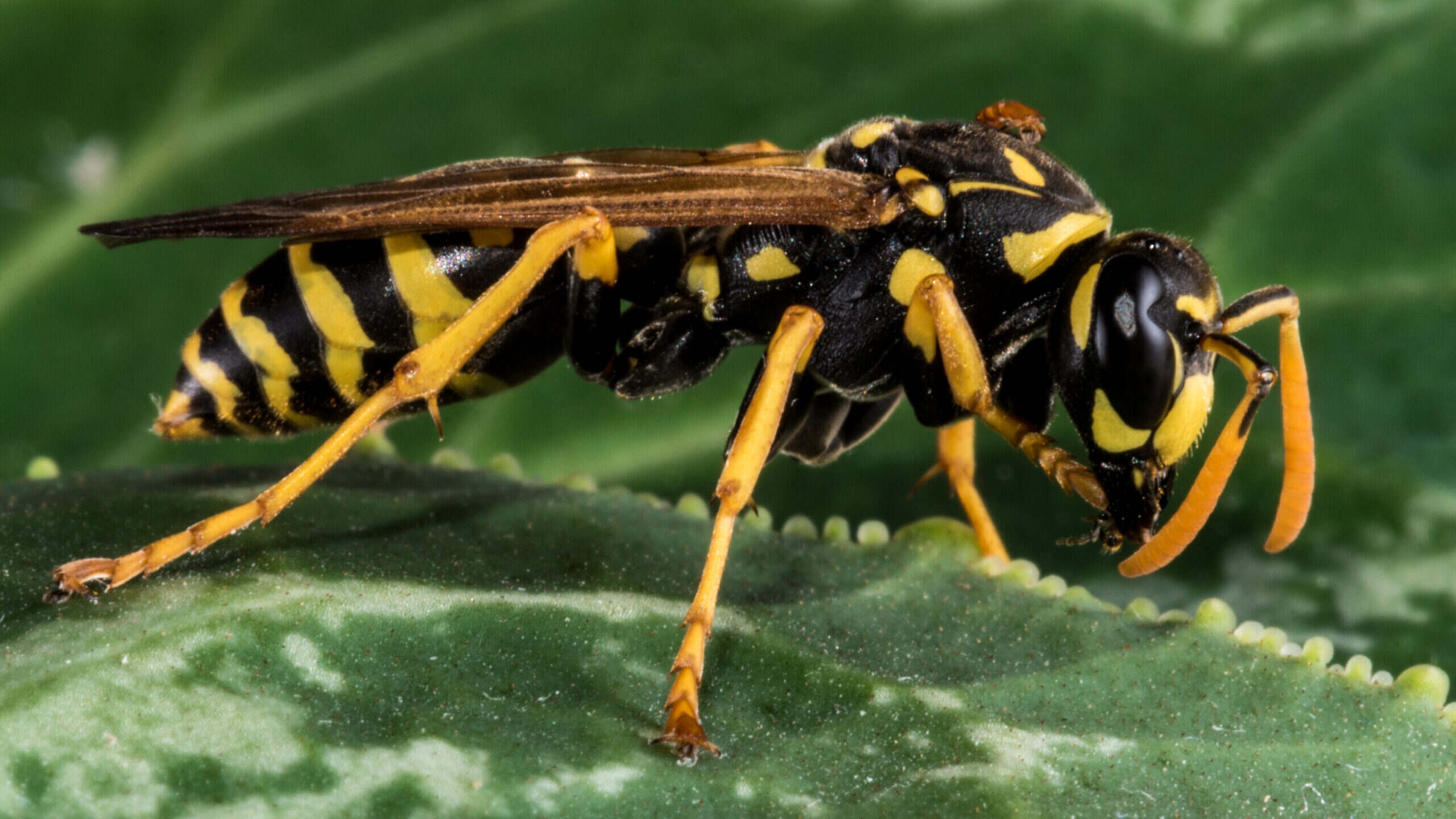
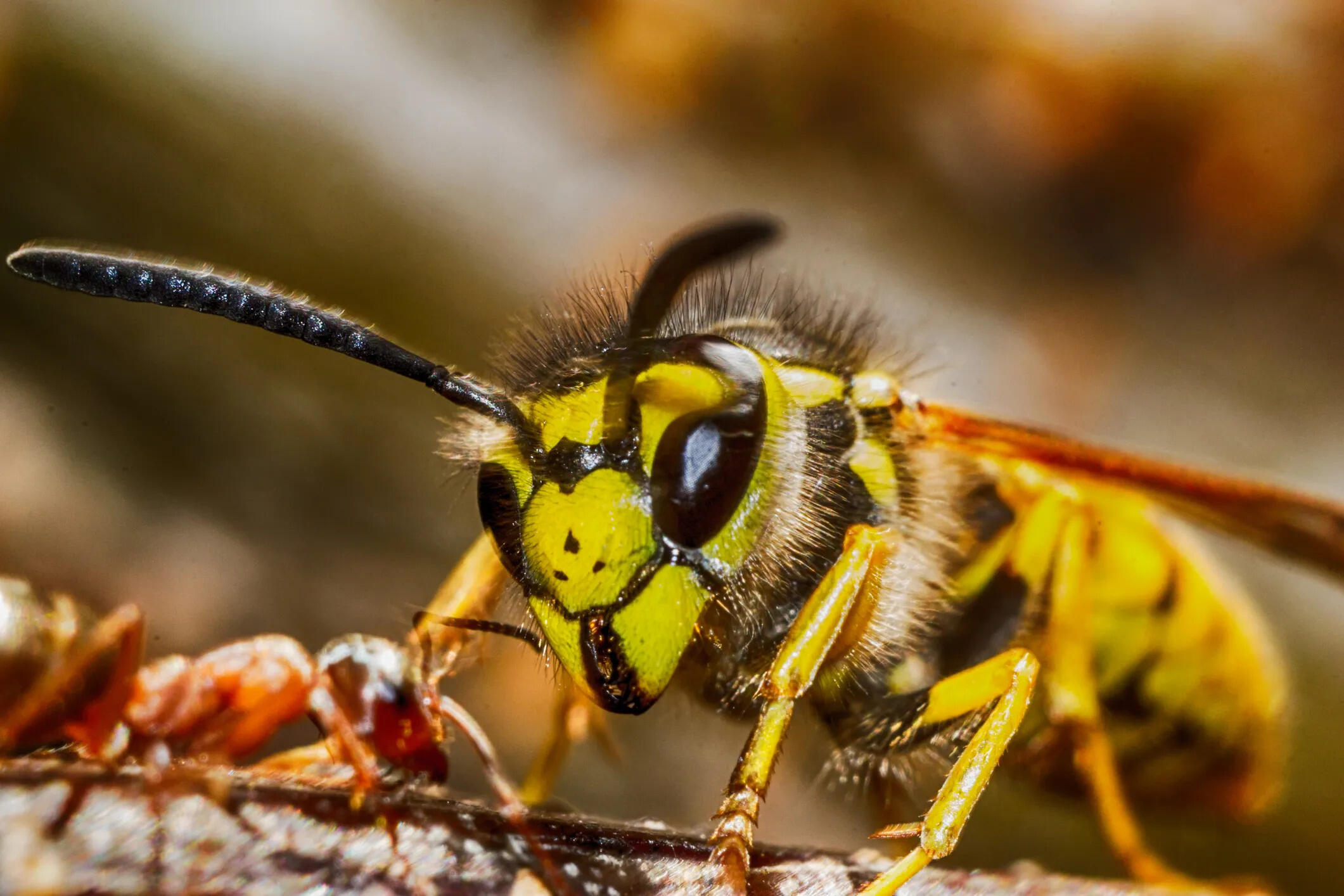
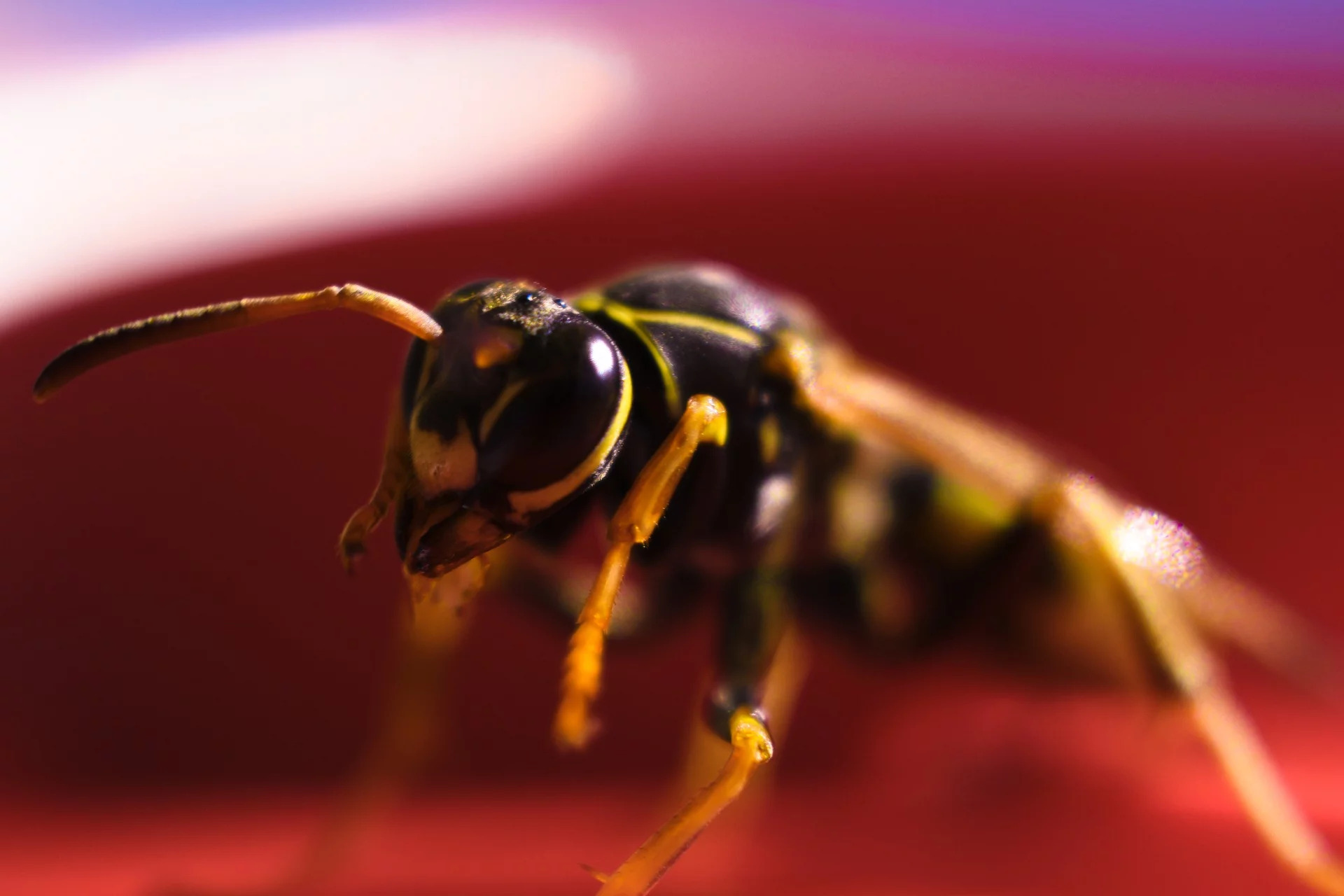
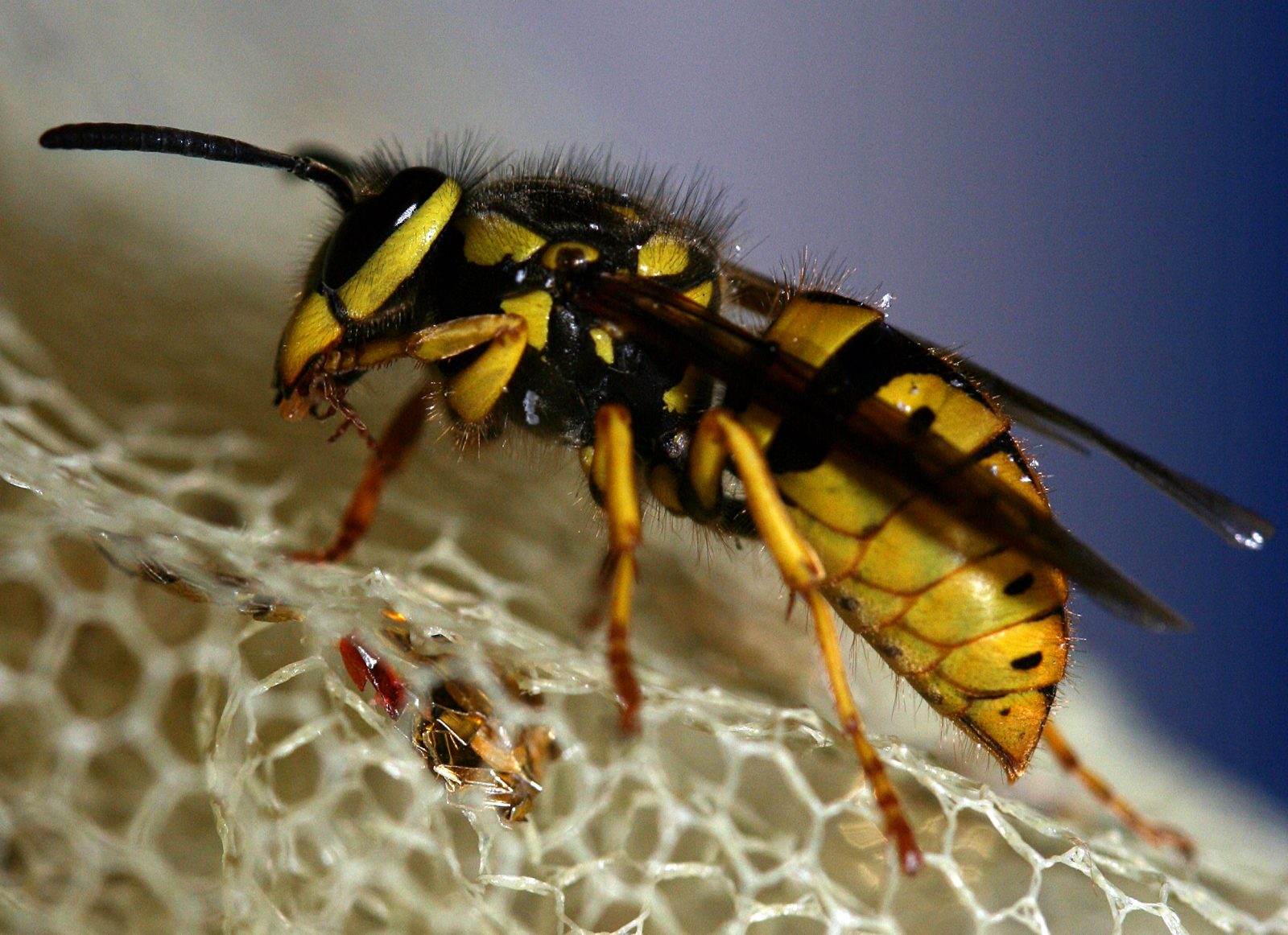
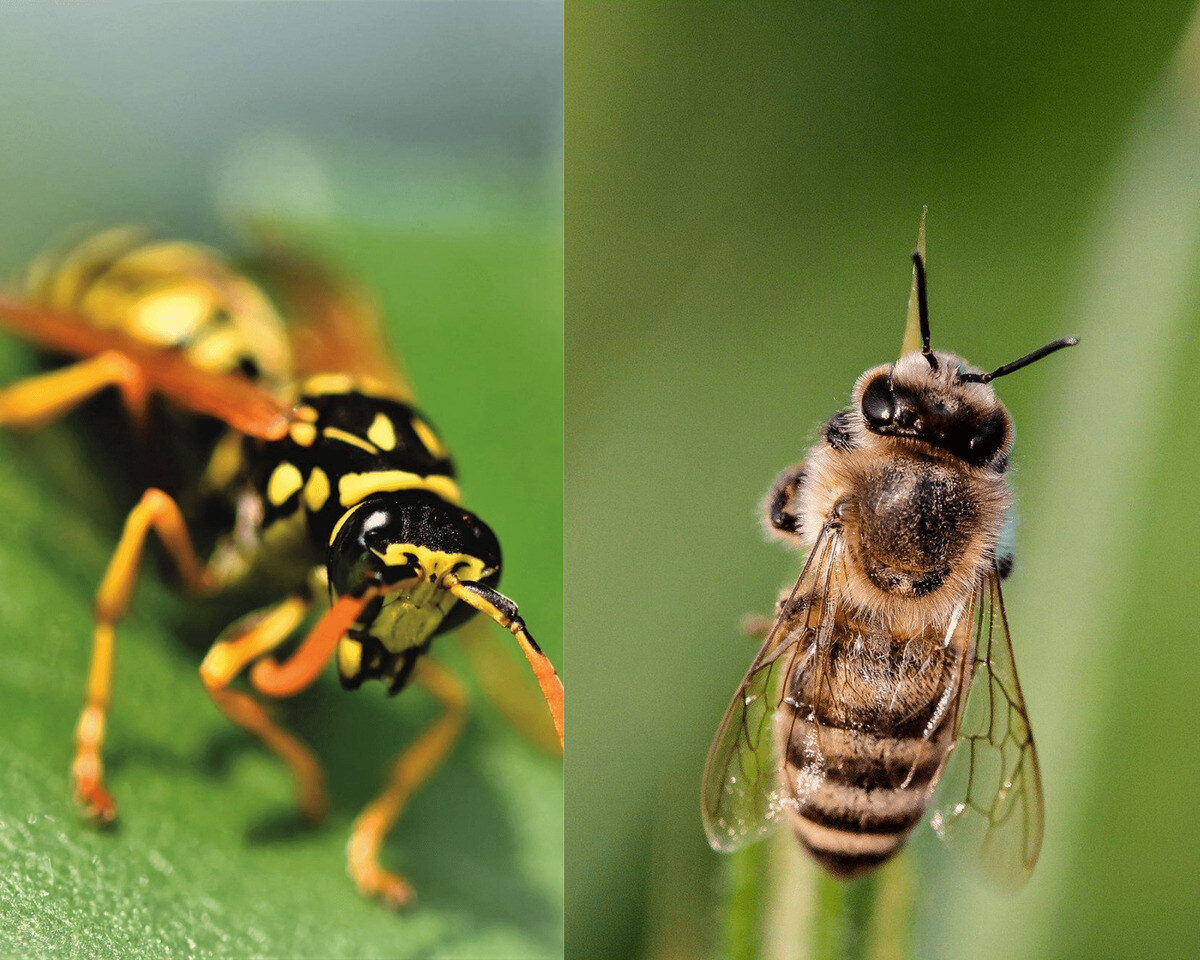
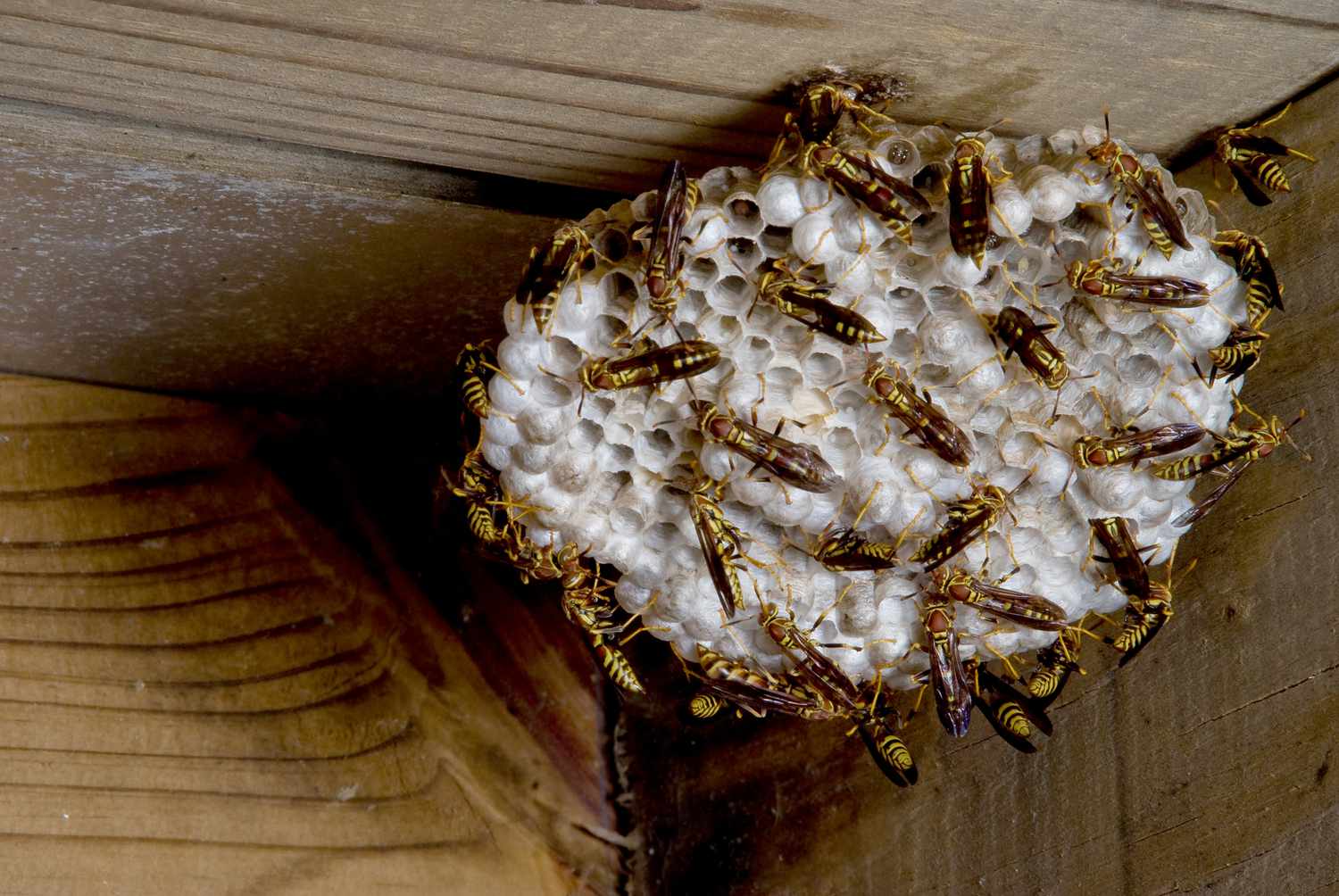

0 thoughts on “What Colors Are Yellow Jackets Attracted To”